By Courtney Shimek, on behalf of The Biography Clearinghouse 2020 has changed our world in indelible ways. From navigating a global pandemic to fighting social injustices embedded into our everyday lives, we find ourselves overwhelmed, exhausted, and uncertain of the future. In response to these crises and the emotions they produce, we have found solace in picturebook biographies that deliver some much-needed perspective. Reading biographies have become a part of our self-care; they provide archives of the past, context for the present, and hope for the future. At The Biography Clearinghouse, we recognize the potential of biographies to shape readers’ understanding of the world, inform their connection to history, and engender empathy. Through our teaching ideas, we suggest ideas and resources for incorporating biographies into curricula. We also recognize that sometimes picturebook biographies come to life most vividly when read-aloud with young readers. As we maintain our "new normal" of vacillating between online, hybrid, and in-class instruction, reading aloud continues to be a constant beacon of inspiration and connection in our teaching. Our youth are navigating the same chaotic and ever-changing world; given that biographies model the complexities of this world, sharing these perspectives with youth is vital. As such, I share here 3 tips for reading biographies aloud and a few illustrative examples of high-quality biographies. Tip #1: Discuss the Visual Features 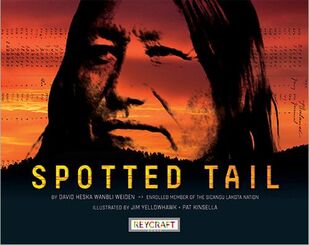 Picturebooks are unique artifacts where readers gain information not only from words but also from images. The visual features of biographies provide insights into the emotional experiences of distinctive individuals and offer a deeper understanding of humanity. As you read biographies aloud, begin examining the artistic elements (e.g., design and composition, font styles, use of color, artistic mediums, etc.) and see what you discern about the featured individuals, their emotions, and their experiences. For example, from the beautiful mixed media artwork in Spotted Tail (Weiden et al., 2019), we see how the history of the Lakota people connects to present-day issues through striking photographs, art, textural elements from nature, and quotes. Though Spotted Tail has a text-heavy narrative, the design and combination of photographs and art from Jim Yellowtail and Pat Kinsella provide readers numerous points of discussion and a perspective worth including in your read-aloud rotation. Additionally, in It Began With a Page: How Gyo Fujikawa Drew the Way (Maclear & Morstad, 2019), Morstad’s illustrations show the reader the detail and sense of color Fujikawa used in her work, and real photographs of her family are included throughout the book. In addressing the visual features of books with readers, we learn about people’s beliefs, histories, cultures, and emotions, and learn more information than from the words, alone. Tip #2: Back Matter Matters 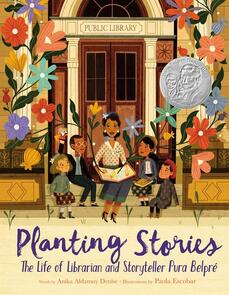 Often, when we begin a read-aloud we skip to the beginning of the narrative and stop at the end, but creators of contemporary biographies share exceptional amounts of information in the peritextual elements, or everything in the book which is not the actual narrative. Instead of stopping your read-aloud at the end of the narrative, share some of the information included in the back matter such as authors’ and illustrators’ personal connections to the content, where they sourced research materials, and their creative processes. For example, in Planting Stories: The Life of Librarian and Storyteller Pura Belpré (Denise & Escobar, 2019), Denise provides descriptions of books by Pura Belpré, as well as films, books, and collections about Pura Belpré for further study. Similarly, in A Place to Land: Martin Luther King, Jr. and the Speech that Inspired a Nation, Barry Wittenstein and Jerry Pinkney (2019) provide notes expanding upon their decisions, short biographies about other civil rights leaders, along with sources and a bibliography. Biography creators also include additional content through the book jacket, endpapers, and their dedications. Sometimes, the back matter or other peritextual features might be more text-heavy or smaller in size than the narrative. We suggest projecting these features or displaying them on an interactive whiteboard so that these peritextual features can be explored and discussed collectively. When we only read aloud the primary narrative, we miss out on information that contextualizes the biography, describes the creative process, and inspires readers to search out additional sources. Tip #3: Revisit Writer’s Language  Biographers don’t just share events with readers, they share the essence of a person’s life. After you read a biography aloud, reread the book like a writer and examine how the authors’ word choices shape your understandings of a person, place, or event. In Fight of the Century: Alice Paul Battles Woodrow Wilson for the Vote (Rosenstock & Green, 2020), for example, Rosenstock structures her biography as a boxing match between Alice Paul and Woodrow Wilson. By portraying major events as rounds and including commentary from fight announcers (e.g., “This fight determines whether the women of the United States can vote, folks!”), readers experience how progress is often a battle of wills and experience what a fighter Alice Paul was. Additionally, Nelson’s use of western idioms (e.g., “plain as the ears on a mule” and “fit like made-to-measure boots”) in Let ‘er Buck!: George Fletcher, the People’s Champion (Nelson & James, 2019), drops the reader into the cowboy language and culture of Pendleton, Oregon. Through similes and energetic descriptions of bull riding, we experience how Fletcher was discriminated against and, yet, became a hometown hero. Biographers’ language choices provide us with new ways of looking at historical events, embed us in particular moments of time, and supply inspiration for our own writing processes.
How do you read aloud biographies? We would love to hear your tips through our email, [email protected], or through comments on Facebook and Twitter #theBiographyClearinghouse. No matter what 2021 brings, we know we will navigate the uncertainty equipped with high-quality, multidimensional biographies and share the reassurances and possibilities they provide through read-alouds. References Denise, A. A., & Escobar, P. (2019). Planting stories: The life of librarian and storyteller Pura Belpré. HarperCollins. Maclear, K., & Morstad, J. (2019). It began with a page: How Gyo Fujikawa drew the way. HarperCollins. Nelson, V. M., & James, G. C. (2019). Let ‘er buck!: George Fletcher, the people’s champion. Carolrhoda Books. Rosenstock, B., & Green, S. (2020). Fight of the century: Alice Paul battles Woodrow Wilson for the vote. Calkins Creek. Weiden, D. H. W., Yellowtail, J., & Kinsella, P. (2019). Spotted tail. Reycraft Books. Wittenstein, B. & Pinkney, J. (2019). A place to land: Martin Luther King Jr. and the speech that inspired a nation. Neal Porter Books Courtney Shimek is an assistant professor at West Virginia University and has been a member of CLA since 2015. BY LAUREN AIMONETTE LIANG Last year, right around this time, the Fall 2019 issue of JCL arrived in the mail. In the President’s Message I had written a bit about my excitement for the upcoming NCTE conference: It starts for me with the airplane travel. Coming from my area, it is rare to board a flight heading to a major conference and not encounter fellow teachers, librarians, and researchers embarking on the same adventure. We wave, ask about colleagues and friends, and buzz a bit with excitement. (I often think the other travelers must later wonder about these groups of individuals who are all grading papers and reading thick books, while simultaneously winning all the in-flight trivia and scrabble games.) Once we arrive at the NCTE city, conference-goers from all over are grabbing bags, looking for shuttles and taxis, and heading off to the area hotels. Immediately there is a shared sense of purpose and anticipation. Conversations break out in the hotel elevators about whether registration is open, and the time of the opening session. Hordes of badge-wearing, tote-bag laden attendees appear in long lines at the coffee stands and take over the sidewalks in their sensible walking shoes as they head off for the day. And then the conference! Hour after hour of thought-provoking sessions, with speakers addressing the important issues in our field, provoking new ideas, and sharing possible solutions. The vibrant displays of new books in the exhibit hall waiting to be shared by knowledgeable and enthusiastic publishers who offer sneak peeks that might be perfect for your classroom. And, best of all, that amazing shared sense of being present with each other—knowing that the people gathered here care just as deeply as you do about supporting children’s and teen’s literacy experiences and growth. The Children’s Literature Assembly events at NCTE are a highlight for many attendees. A history of consistent excellence makes our CLA Notables Session, CLA Master Class, and CLA Breakfast the starred events on many personal conference schedules...
Notable Children’s Books in the Language Arts AwardS
Join the members of the Notable Children’s Books in the Language Arts award committee in a live event on Sunday afternoon from 1:45- 3:00 pm ET. Throughout the fall this blog has featured posts from members of this committee. Join them live for more outstanding 2020 titles and suggestions for classroom use.
Annual CLA Breakfast
Bring your breakfast to listen to amazing author Jason Reynolds, this year’s CLA Breakfast keynote speaker! In a live session Sunday morning from 9:00 – 10:15 am ET, the 2020-21 National Ambassador for Young People’s Literature will talk about his writing and more.
Lauren Aimonette Liang is an associate professor at the University of Utah and the current president of CLA. Living Literately and Mindfully at the Intersection of Mother Nature, the Animal World and Poetry11/9/2020
BY PEGGY S. RICE Consider...
Serenity can be found at the intersection of Mother Nature, the animal world and poetry. I have found that the more time I spend at this intersection, the less anxiety I feel. Following are materials and strategies, my students, daughter and I have found successful:
Poetry Performance
Power of Place Locate a space surrounded in nature that you can visit regularly. I am fortunate, because I live on 7 acres with a pond. When visiting this space, be prepared to engage in mindful listening, see the world with a poet’s eyes and take notes in a writing journal.
Poetry Writing Writing poetry is all about playing with words. Fletcher (2002) encourages us to play with the sounds of words. Consider, rhythm, rhyme, repetition, onomatopoeia and alliteration. He also encourages us to think fragments/cut unnecessary words, consider shape, use white space/experiment with line breaks and end with a bang/sharpen the ending. Each of these aspects of language can be a topic of minilessons connected to poetry performances of mentor poems. Lewis (2012, 2015) has included excellent resources for writing formula poems. Savor... In Beauty May I Walk --Anonymous (Navajo Indian) In beauty may I walk All day long may I walk Through the returning seasons may I walk Beautifully will I possess again Beautifully birds Beautifully joyful birds On the trail marked with pollen may I walk With grasshoppers about my feet may I walk With dew about my feet may I walk With beauty may I walk With beauty before me may I walk With beauty behind me may I walk With beauty above me may I walk With beauty all around me may I walk In old age, wandering on a trail of beauty, lively, may I walk. In old age, wondering on a trail of beauty, living again, may I walk It is finished in beauty It is finished in beauty References
Calkins, L.M. (1994). The art of teaching writing. (2nd ed.). Portsmouth, NH: Heinemann. Fletcher, R. (2002). Poetry matters: Writing a poem from the inside out. New York: Harper Trophy. Lewis, J. P. (2015). National geographic book of nature poetry: More than 200 poems with photographs that float, zoom, and bloom! Washington, DC: National Geographic Partners, LLC. Lewis, J. P. (2012). National geographic book of animal poetry: More than 200 poems with photographs that squeak, soar, and roar! Washington, DC: National Geographic Partners, LLC. Shelton, L. (2009). Banish boring words. New York: Scholastic Peggy S. Rice is an Associate Professor of Elementary Education and Faculty Advisor for the Partners in Literacy Council at Ball State University in Muncie Indiana. She is a member of the Children's Literature Assembly Ways and Means Committee. Exploring Representation and Advocacy in Government with "What Do You Do with a Voice Like That?"11/3/2020
BY SCOTT RILEY AND MARY ANN CAPPIELLO, ON BEHALF OF THE BIOGRAPHY CLEARINGHOUSE 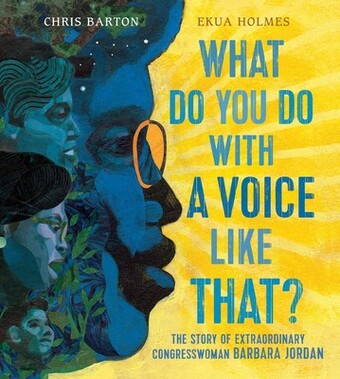 The nation is rattled by a presidential impeachment trial. The economy is held in the grip of a recession. Black Americans demand an end to racism, redlining, and segregated schools. Women insist on equity in the home and in the workplace, control over their finances and their bodies. 2020? No. 1974. The votes cast today, on Election Day 2020, along with the millions of votes cast over the last several weeks, will determine the next president and vice president of the United States of America. Today’s votes will also elect all members of the U.S. House of Representatives and 35 members of the U.S. Senate. How much do our students know and understand about these legislative bodies and the power with which they are endowed? About the people who serve within these institutions? One small way to begin a conversation about these legislative bodies, the legislative process, and the people who fill those seats is with a reading of What Do You Do with a Voice Like That? The Story of Extraordinary Congresswoman Barbara Jordan, written by Chris Barton and illustrated by Ekua Holmes. This 2018 picture book tells the life story of Barbara Jordan, the formidable Congresswoman known for her defense of the Constitution during the 1974 impeachment trial of President Richard Nixon:
Barbara Jordan believed in the Constitution, and she believed in the power of the processes of government to enact change on behalf of the greater good. Throughout What Do You Do with a Voice Like That?, author Chris Barton uses the power and conviction of Jordan’s voice to demonstrate to readers how Jordan worked within the system to advocate for social justice. Through repetition, sentence variety, and precise word choice, Barton captures Jordan’s transition from studious young woman to tireless champion. Ekua Holmes’ mixed-media collages move from intimate close-ups to panoramic views, constantly shifting and changing perspectives to engage the reader in different portraits of Jordan.
By investigating biographers’ research and writing processes and connecting people and historical events to our modern lives, we hope to motivate change in how readers engage with biographies, each other, and the larger world. To see more classroom possibilities and helpful resources connected to What Do You Do with a Voice Like That? The Story of Extraordinary Congresswoman Barbara Jordan, visit the What Do You Do with a Voice Like That? The Story of Extraordinary Congresswoman Barbara Jordan page on The Biography Clearinghouse. Additionally, we’d love to hear how these interviews and ideas inspired you. Email us at [email protected] with your connections, creations, questions, or comment below if you’re reading this on Twitter or Facebook. If you are interested in receiving notifications when new content is added to the Biography Clearinghouse, you can sign up for new content notices on our website. Scott Riley is a middle school instructional coach at Singapore American School where he supports professional learning in and out of classrooms and the debut author of The Floating Field: How a Group of Thai Boys Built Their Own Soccer Field (Millbrook Press 2021). Mary Ann Cappiello teaches courses in children’s literature and literacy methods at Lesley University, blogs about teaching with children’s literature at The Classroom Bookshelf, a School Library Journal blog, and is a former chair of NCTE’s Orbis Pictus Award for Outstanding Nonfiction K-8. |
Authors:
|
CLA
About CLA
|
Journal of Children's Literature
Write for JCL
|
ResourcesCLA-sponsored NCTE Position Statements
|
Members-Only Content
CLA Video Library
|
© COPYRIGHT 2018.
ALL RIGHTS RESERVED |

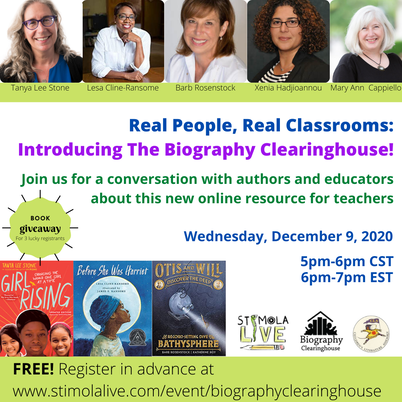
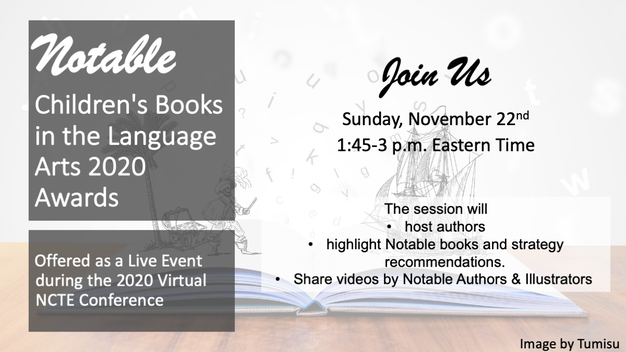
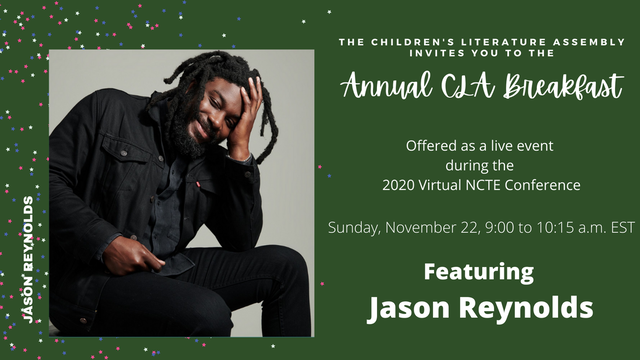
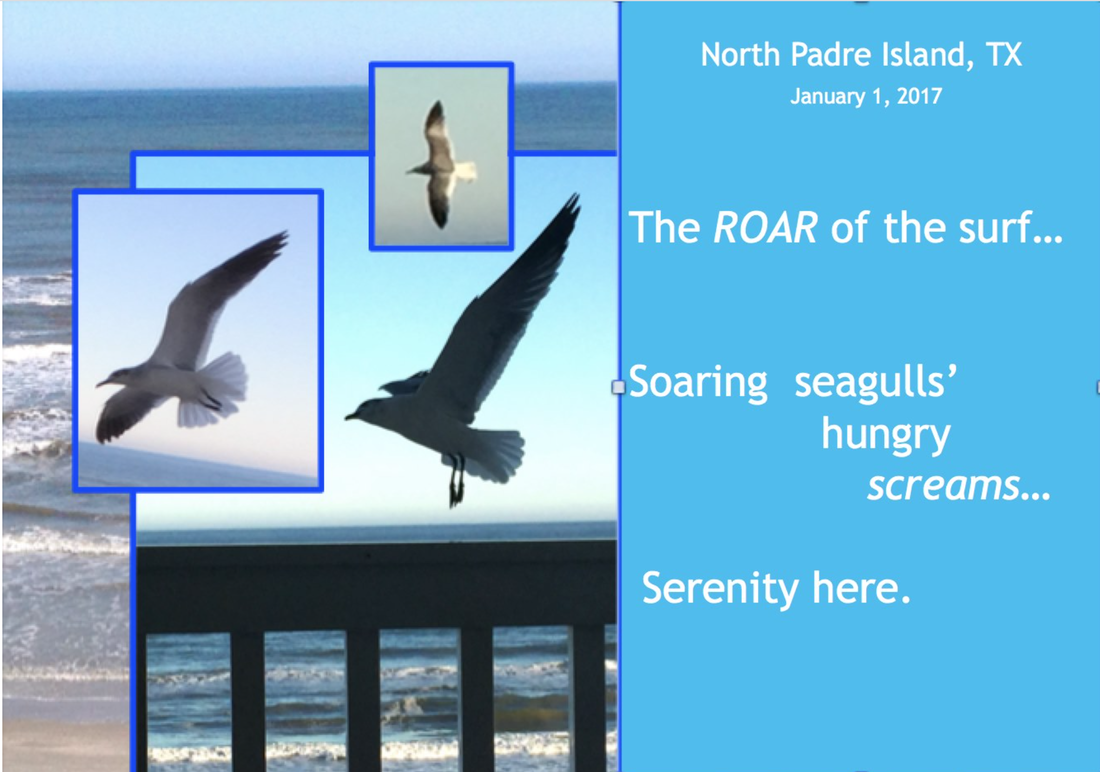
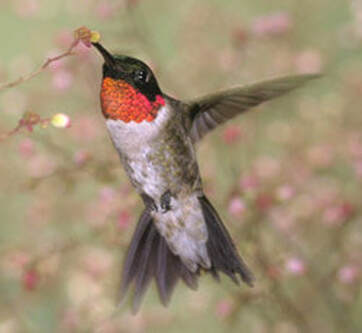
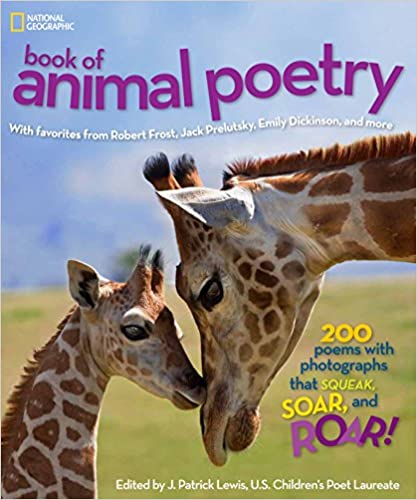
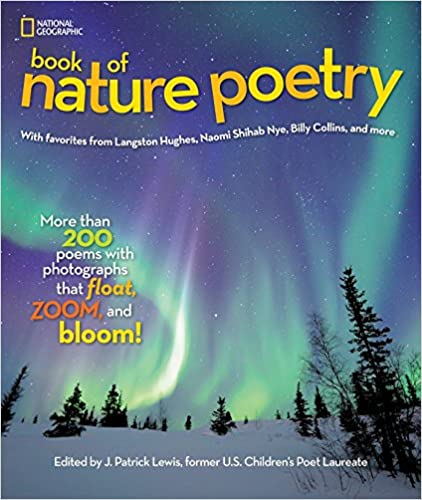
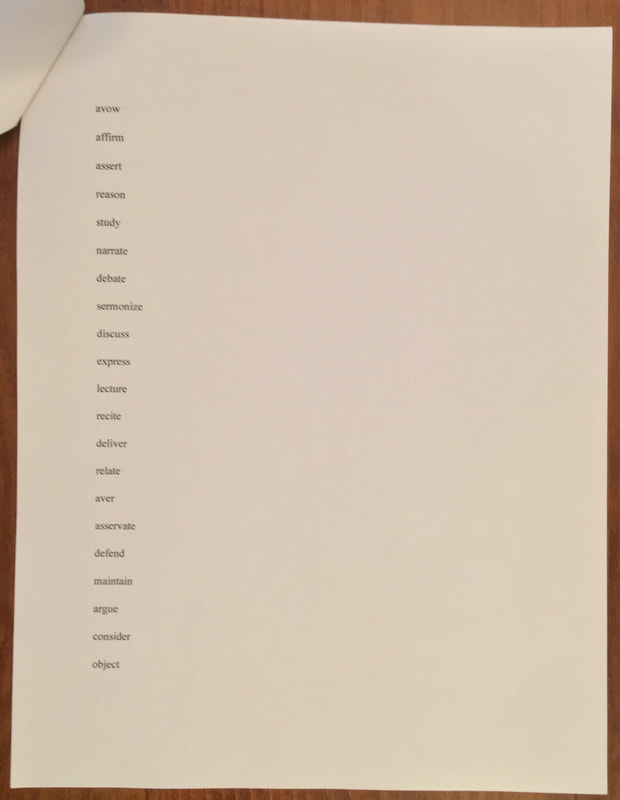
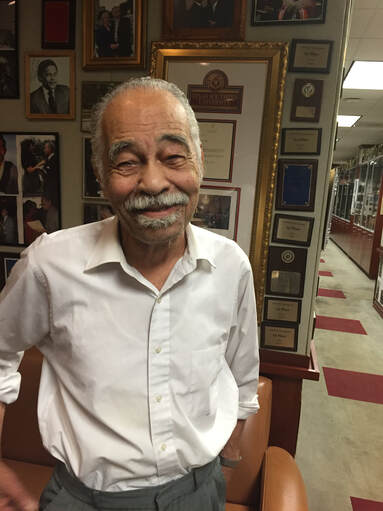
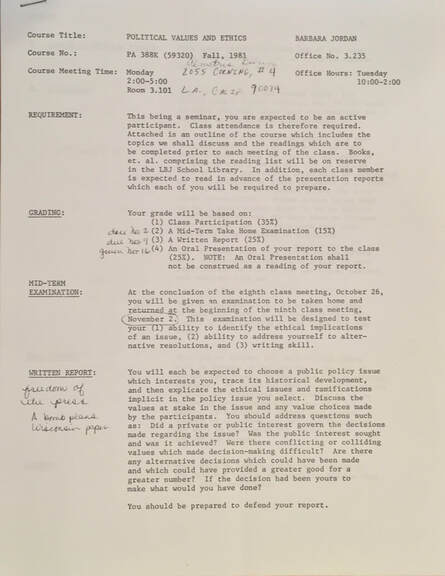
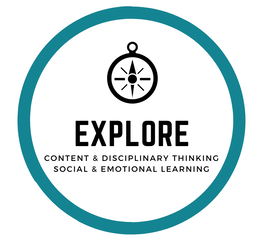
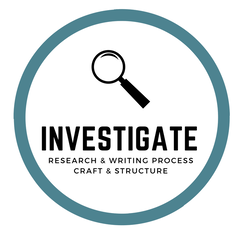
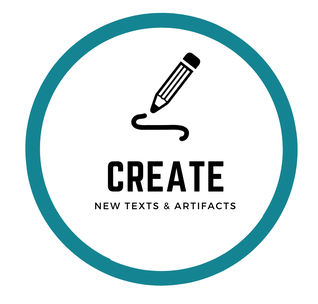

 RSS Feed
RSS Feed